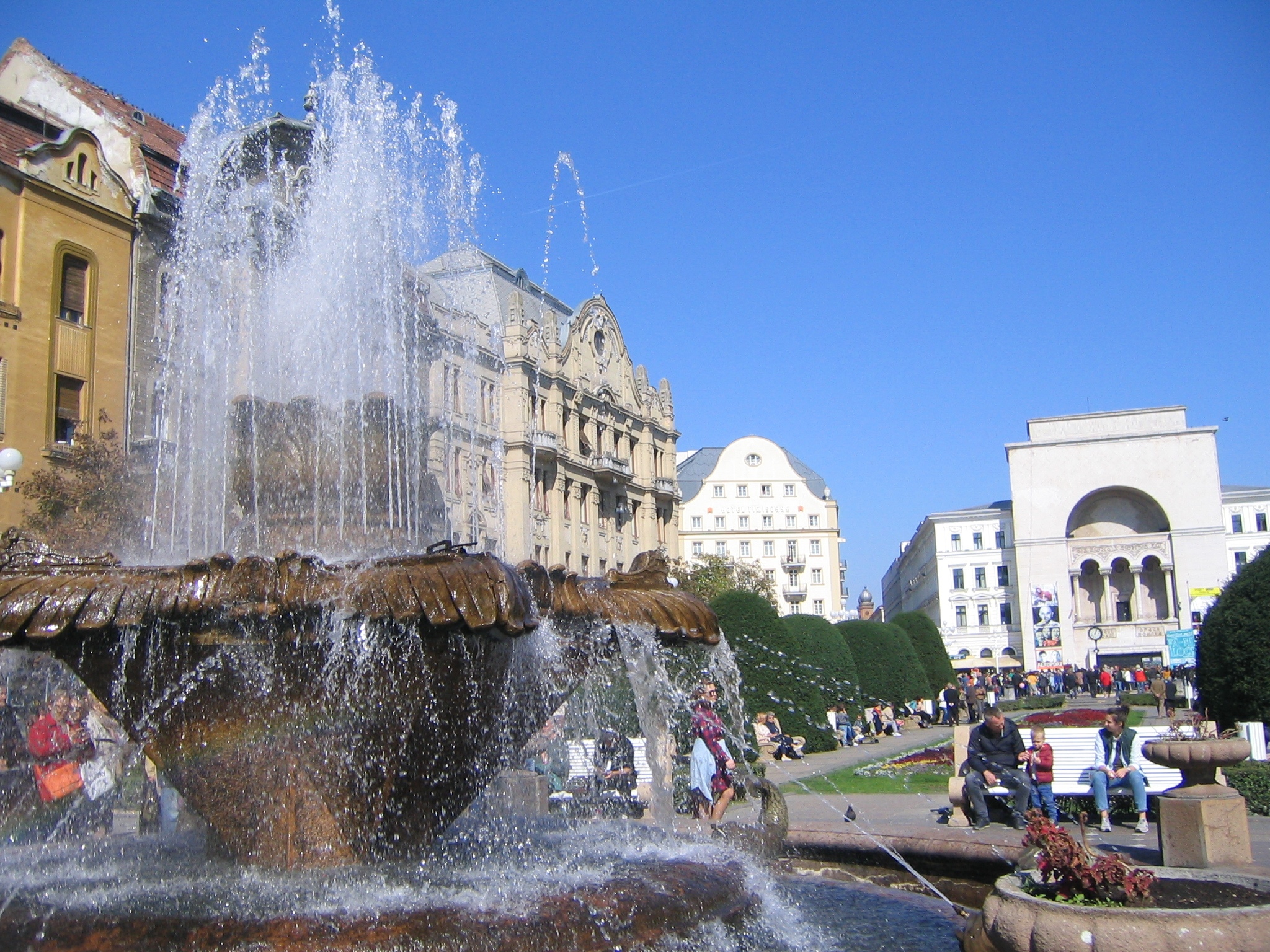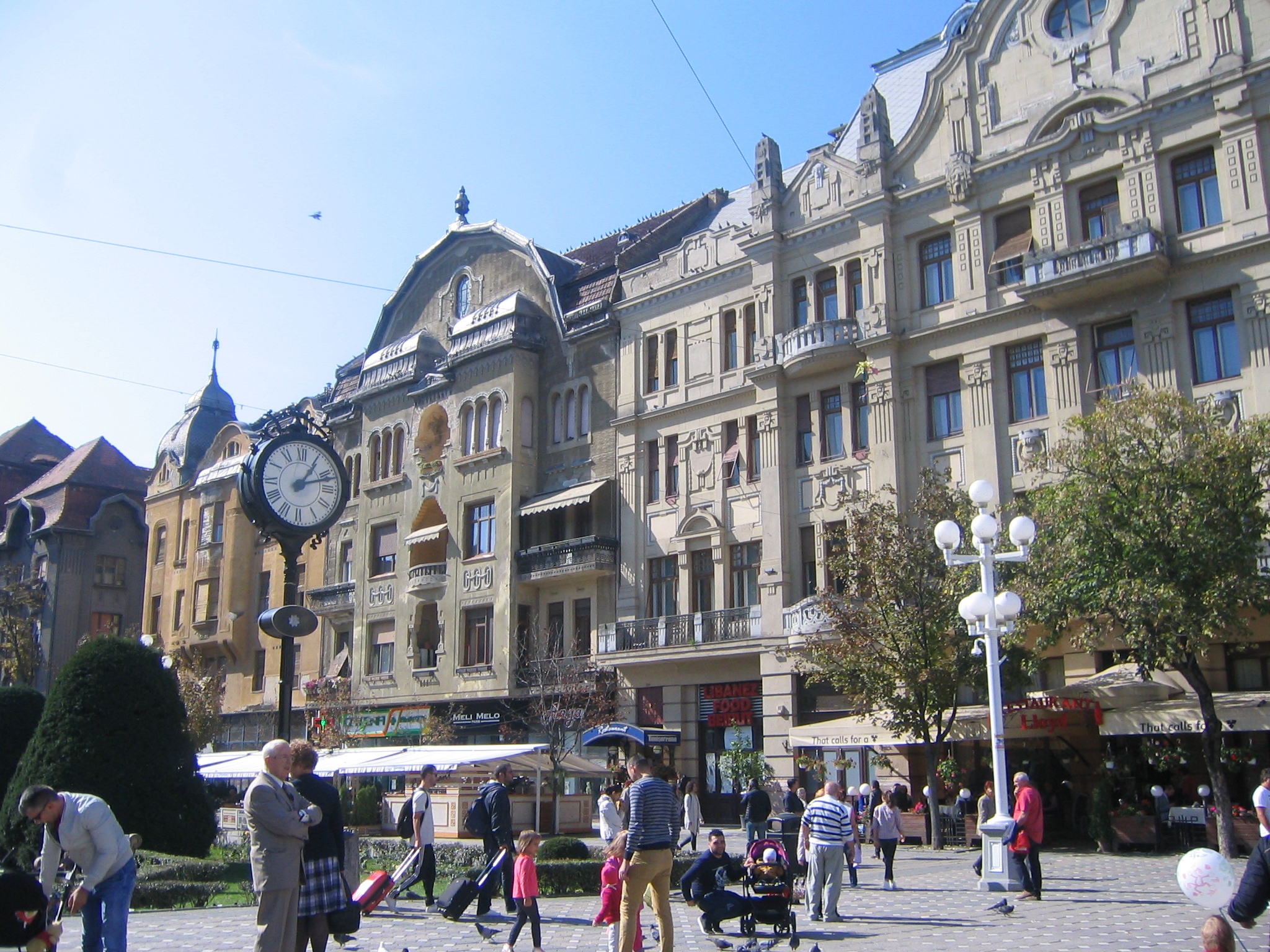Written by Sonja Lapatanov
Translated by Biljana Đorđević
At the beginning of October, the members of the NUSANTARA Association of Serbian–Indonesian Friendship visited the city of Timisoara, reputed to be the biggest city of Banat and forth biggest city in neighbouring Romania, with its more than 400.000 inhabitants. Although Bega (Begej) is the only river crossing the city, Timisoara owes its name to the Timis (Tamiš) river.
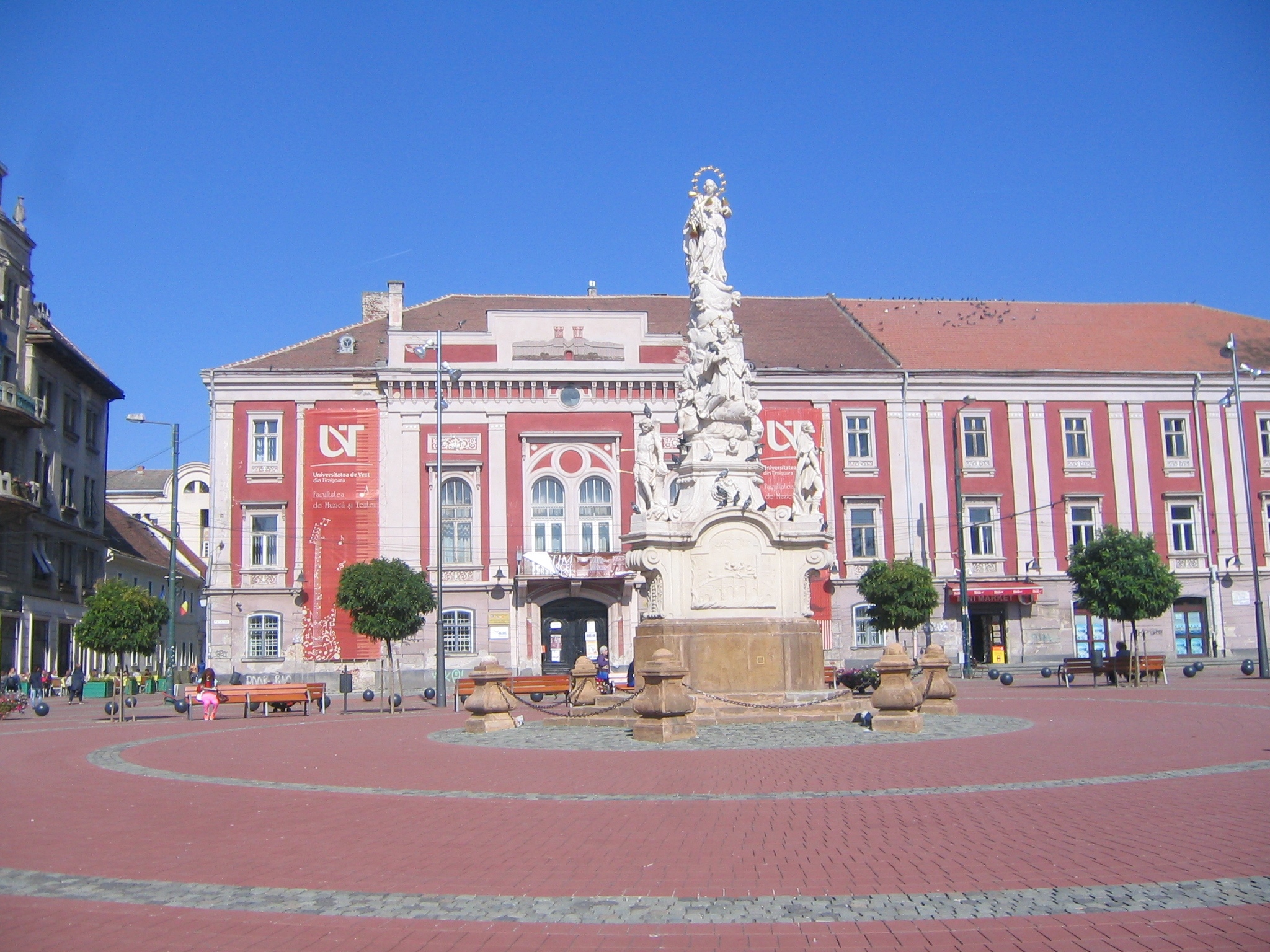
The reason lies in the connectedness and intertwinding of the courses of these two rivers within the city in the past. Posterior channeling and fortification gave their courses different directions. What is interesting is that Timisoara is one of the Romanian cities that are the most distant from the capital city of Bucharest, whereas it is much closer to Belgrade (155 km). Timisoara is known as the cultural, educational and commercial centre of western Romania and the biggest cultural and historical centre of the Serbs residing in this country. Most of the Serbian population concentrates precisely in this city, filled with plenty of cultural institutions that get them together. The Serbian Orthodox eparchy of Timisoara is located in Timisoara, as well as the Association of Serbs in Romania; „Our Word”, Serbian weekly magazine, is also being issued here. Timisoara has also been known as „Little Vienna”, as the city was ruled by the Habsburg dynasty for very long, and its centre resembles the old part of Vienna with its architecture and scenery. This is the first electrified European city, and it has been stated that some of the buildings and a brigde over the Bega river were designed by the famous Gustave Eiffell. In its recent past, it is known as the city where the uprising, which led to the breakdown of dictator Nicolae Ceausescu’s regime, started. Before, it was behind „The Iron Curtain”; nowadays, 28 years later, it is a modern town. The old nucleus of Timisoara got its today’s shape during the 17th and 18th century under the influence coming from Vienna and Pest, centres of the Austro–Hungarian Monarchy. It was formed of precincts containing several historical squares and strolls. The old downtown is a very vivid part of the city nowadays, full of numerous bars, clubs and restaurants. Points of gathering on the old baroque square are especially popular. The members of the NUSANTARA Association, which includes some people from the Indonesian diplomatic community besides members coming from Belgrade and Pančevo, had a chance to see landmarks of Timisoara and widen their notion of this charming city.

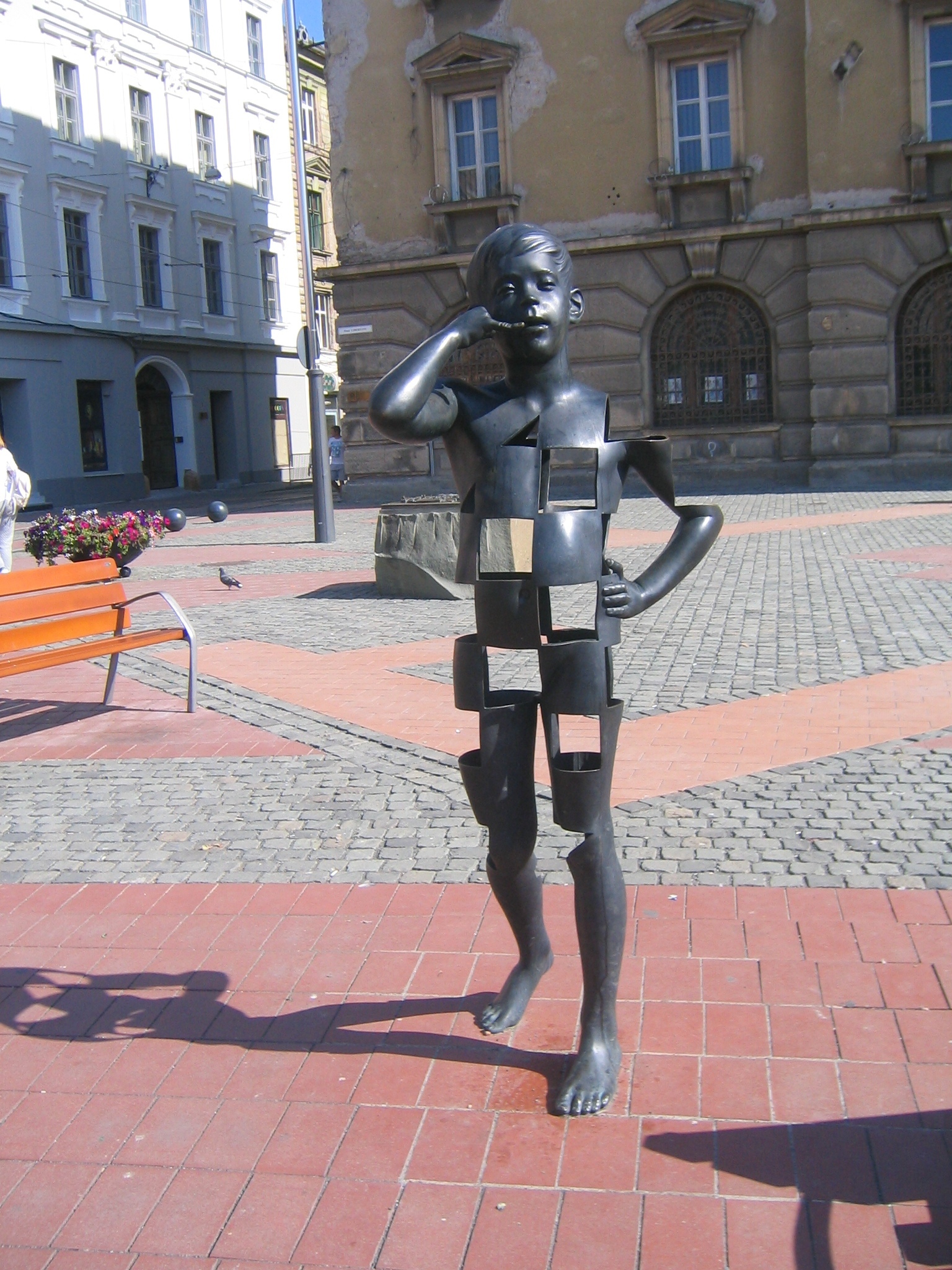
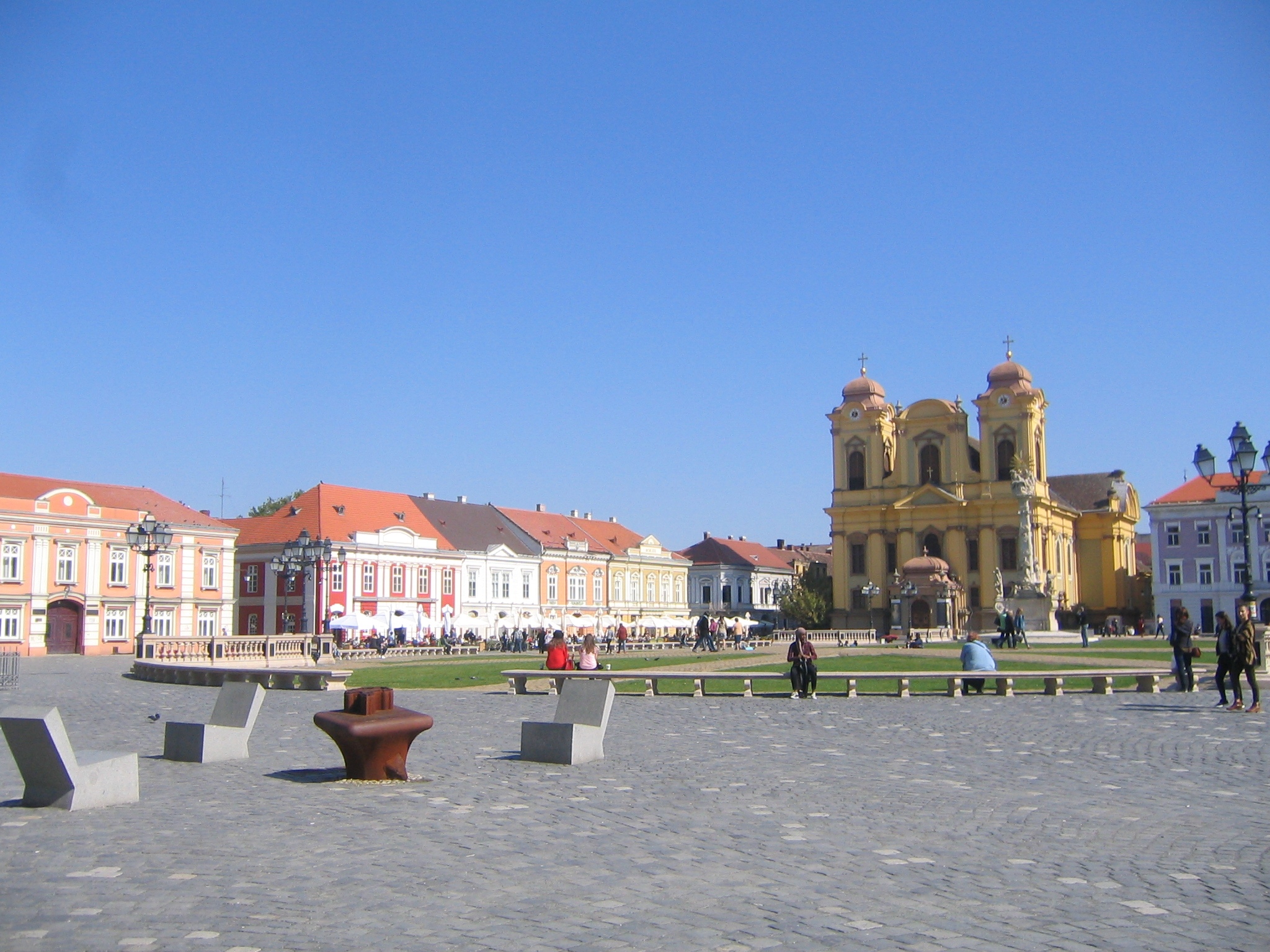
-What followed was the sightseeing of the Victory Square (Piaţa Victoriei), on which the building of the Opera House and National Theatre, constructed in 1872, are located. The authors of this edifice were architects Fellner and Helmer, whose Vienna project studio designed more than 40 theatres across the Austro–Hungarian Monarchy and Europe. Some of them are active even nowadays. On the other side of the square there is the monumental Romanian Orthodox Metropolitan Cathedral. In the middle of the square, a park, decorated with colourful flowers, avenues and benches, is located. There’s a statue of a she-wolf breast-feeding Romulus and Remus on the top of the square’s 5-meter tall pillar, given by the city of Rome in 1926, as well as a fountain in the shape of a 5-arm star, with fish whose mouth spread water spouts. The square is fringed by some representative buildings constructed in the period 1910-1914, in the Vienna Secession manner and Romanian neo-Brâncoveanu style. The author of most of those buildings is architect László Székely. There are numerous stores, cafés and terraces where visitors sit gladly, clearly intending to „see and be seen”. During our stay in Timisoara, on the Libertatii Square there was a display of brass band orchestras going on. Musicians, dressed in different Romanian folklore costumes, were walking around the square, following the rhythm dictated by drums and side-drums.


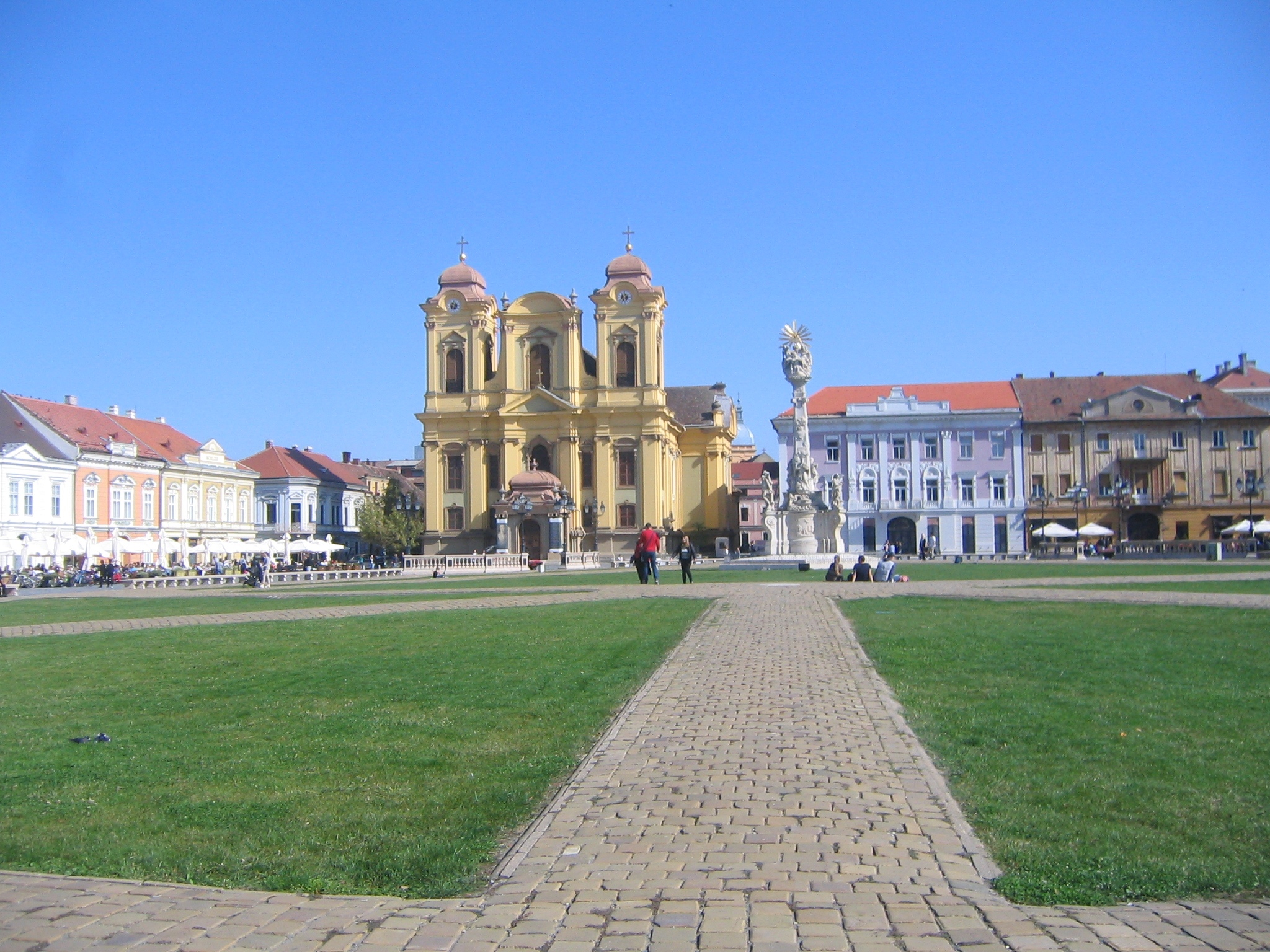
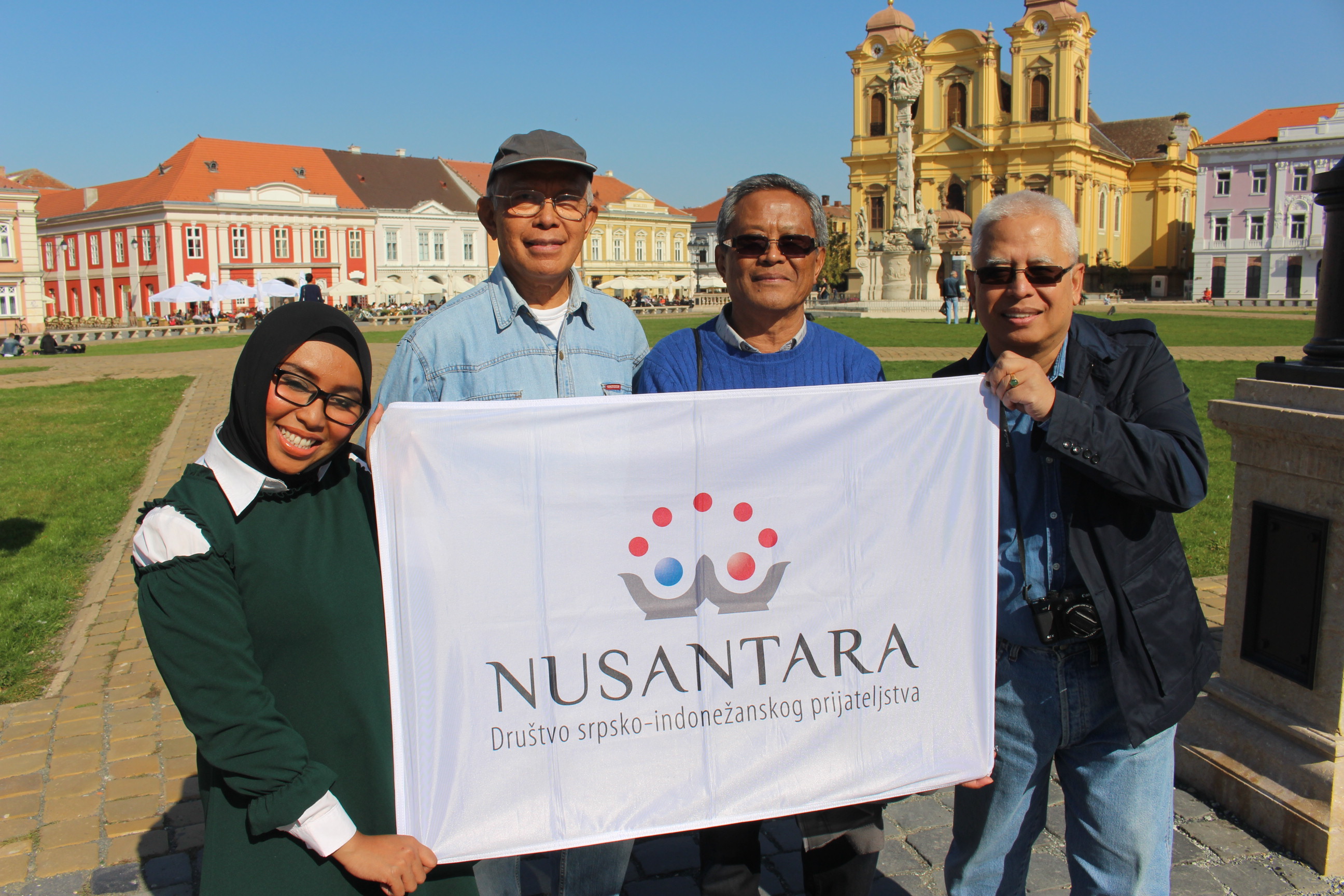
-Inspired by the rhythm, the group arrived to the Square of Liberty (Piaţa Libertăţii), undoubtedly dominated by pigeons. There’s an old city hall on the square, built between 1731 and 1734 as a mixture of renaissance and baroque styles, based on Italian architect Pietro del Bonzo’s concept. In front of the representative edifice, there is a statue of Saint John of Nepomuk and Maria, and a bit further also a bust of Decebalus, the last king of Dacia. Several military institutions are located on the square, too. Before one of them there are two junipers, planted in 1923 as a reminiscence of the foundation of great Romania (1921-1947).
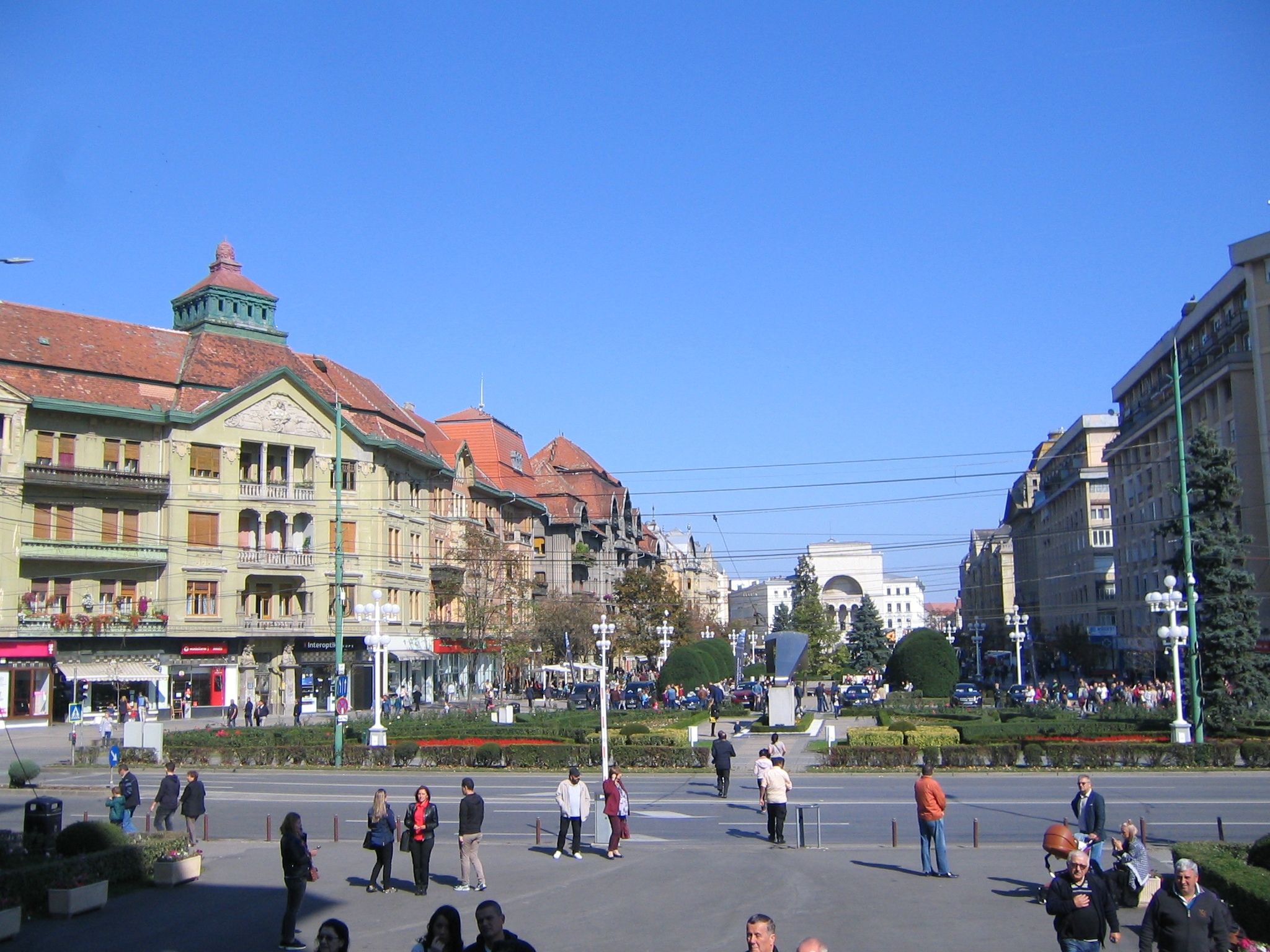
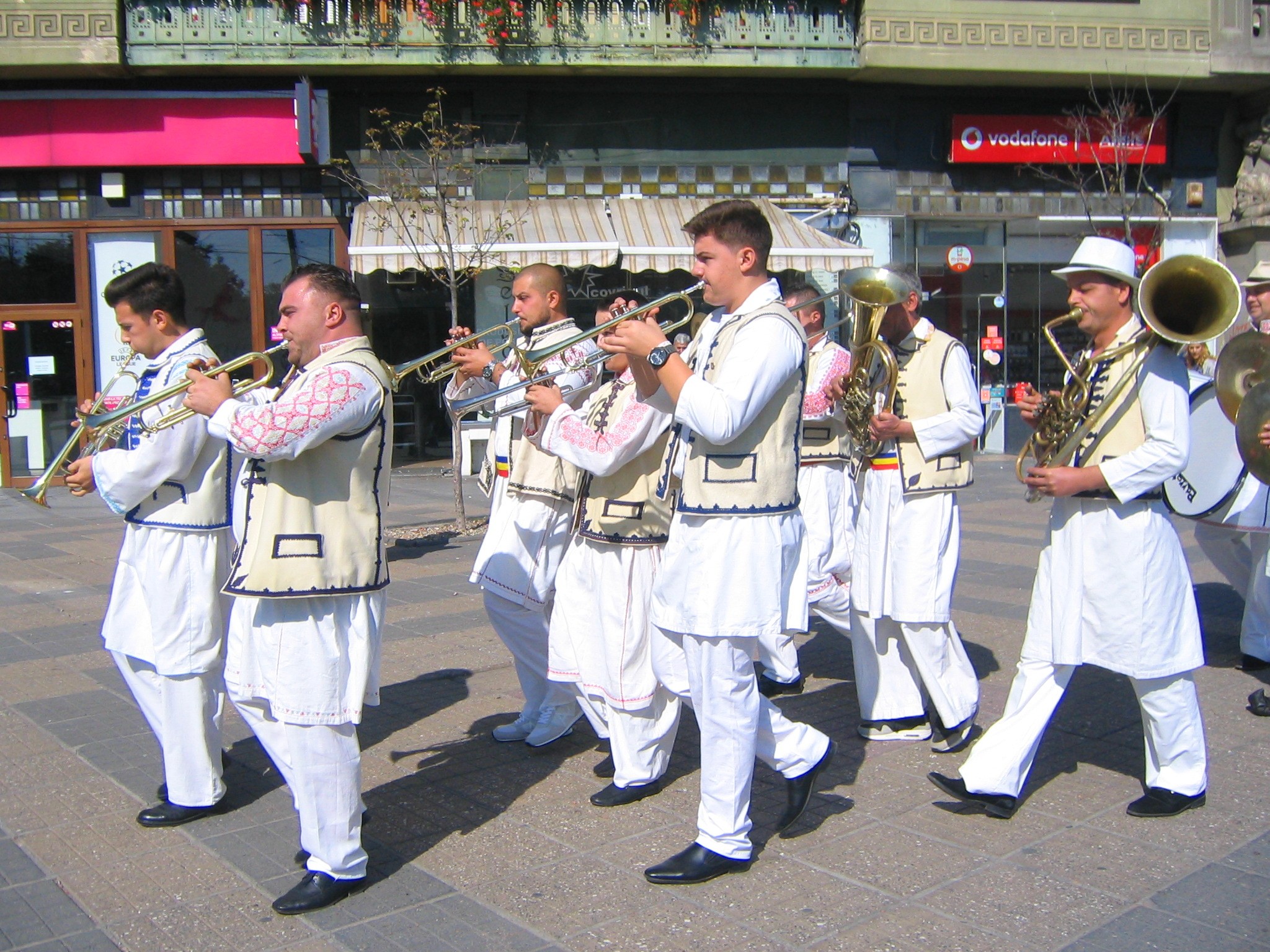
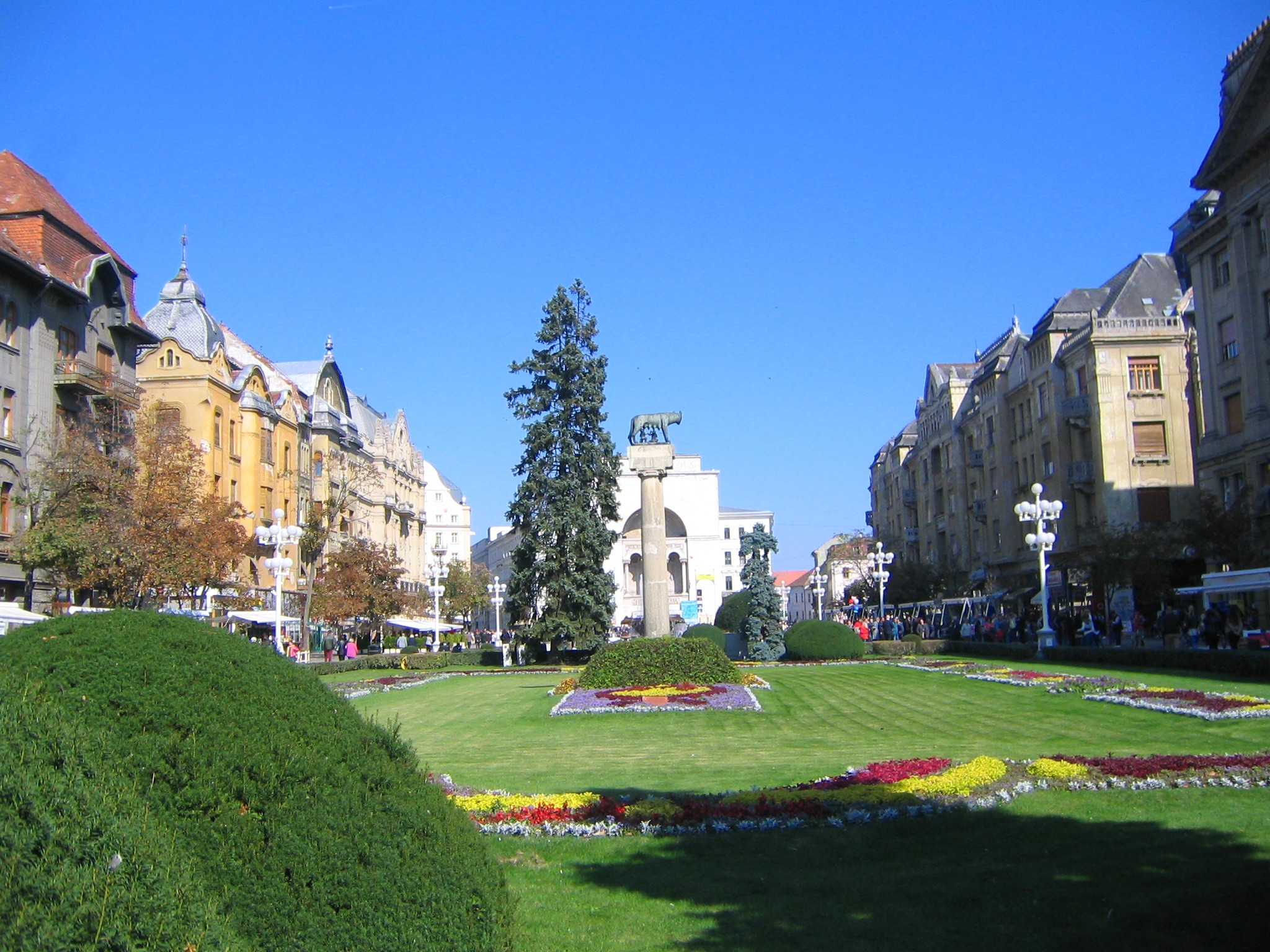
-The Square of Unification (Piaţa Unirii) is the oldest square in Timisoara and its most frequented tourist destination. It’s been located in the old Cetate nucleus, i.e. onetime fortress, whose sole part near the square, available for the sightseeing, is the remaining fragment of Maria Theresia Bastion. The square has been surrounded by representative buildings and churches, painted mostly in light colours, constructed in the baroque style, mostly during the 18th and 19th century. In the middle of the square there is the Pillar of Plague and a 400-meter deep well, containing sulphur thermal waters. From one side, the square is dominated by St. George Catholic cathedral, erected between 1736 and 1774, following the idea of architect Joseph Emanuel Fischer von Erlach. From the other side, the square is dominated by the Serbian Orthodox church, adjacent to the edifice of the Serbian Orthodox eparchy of Timisoara and old headquarters of the Association of Serbs in Romania. With his special authorization, Reverend Lukijan, episcope of Budim and administrator of the eparchy of Timisoara, opened the door of his episcopal residence and the museum of the eparchy of Timisoara to the members of the NUSANTARA Association of Serbian–Indonesian Friendship, who had a unique opportunity to get familiar with the rich cultural and historical life of Serbs in Romania, as well as with valuable objects, library and old icons, carefully kept within the episcopal residence. Dr Saša Jašin was more than an inspired guide and drew full attention of the members of the Association with his interesting stories about Serbs from Banat.
On the square there are the Baroque Palace (which used to be the centre of Serbian Vojvodina) and the Serbian Orthodox church, built in 1748, with a precious iconostasis, made by Konstantin Danilo and Mihailo Janić, craftsman from Arad. The Square of Unification in Timisoara used to be known as the Main Square, and has a great importance both to the Serbian national minority living in Romania and to the city itself. Not without good reason the square is also known as the old Serbian nucleus, whereas local Serbs call this part of the city the Timisoara town. The Square of Unification nowadays is surrounded by lots of restaurants, cafés and terraces. For special occasions, such as concerts, various city and state celebrations and similar events, a stage gets installed and programmes are accordingly performed. To complete the stay in Timisoara, there was still some time left for a walk around the town and shopping at the „Iulius Mall”, one one of the biggest commercial centres in this part of Europe. The excursion was carried out with help and support provided by the General consulate of the Republic of Serbia in Timisoara and General consul, Mr. Vladan Tadić, with his assistants.

